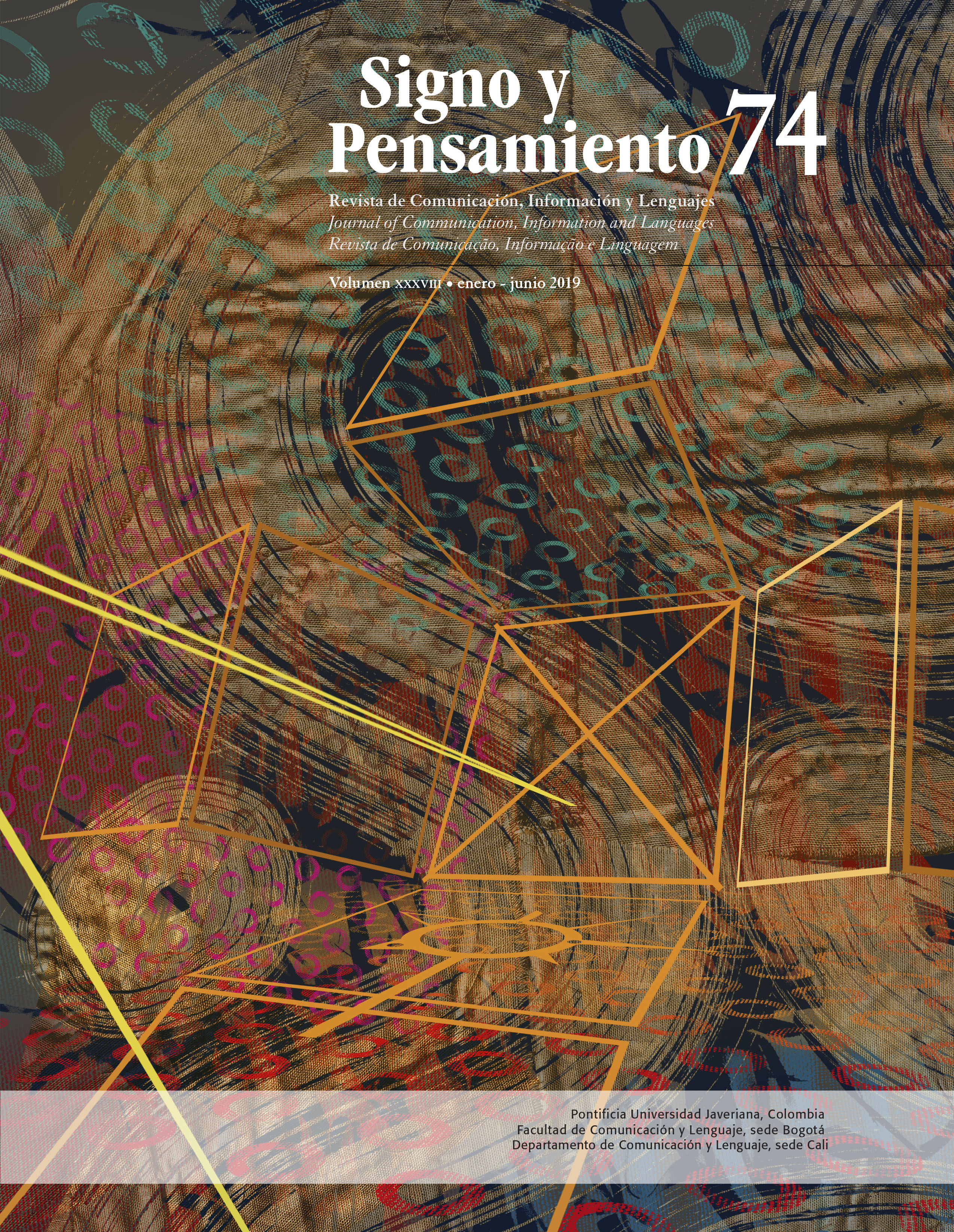Resumen
Este artículo reporta una experiencia de creación de materiales para el abordaje de una obra literaria en un curso de inglés avanzado, y propone una reflexión sobre los elementos que se pueden tener en cuenta para la promoción y desarrollo de la competencia comunicativa intercultural (CCI) a partir de la literatura. Para tal fin se analizó un material compuesto por 84 actividades diseñado para guiar la lectura de la novela Americanah, de Chimamanda Adichie (2014). Las reflexiones a partir de tal análisis ponen de manifiesto la necesidad de que los docentes estudien con detenimiento sus prácticas de creación de materiales, de manera que identifiquen propósitos, posturas ideológicas implícitas y oportunidades pedagógicas para la promoción de la CCI.
Bhabha, H. K. (1994). El lugar de la cultura. Buenos Aires: Manantial.
Bugnone, A. (junio, 2015). Lengua, cultura e interculturalidad en la enseñanza de lenguas extranjeras. Conferencia presentada en VIII Coloquio PELSE, Santa Fe, Argentina. Recuperado de http://www.memoria.fahce.unlp.edu.ar/trab_eventos/ev.4124/ev.4124.pdf.
Byram, M. (1997). Teaching and Assessing Intercultural Communicative Competence. Multilingual Matters. Ciudad: Editorial.
Che-Neba, D. (2016). Culture And Identity: Towards Redefining Representational Material For the ESL/EFK Classroom. Asian Journal of Social Sciences & Humanities, 5(2), 172-179.
Freire, P. (2010). Cartas a quien pretende enseñar (2da Ed.). Buenos Aires: Siglo Veintiuno Editores.
Gupta, A. & Ferguson, J. (1992) Space, Identity and the Politics of Difference. Cultural Anthropology, 7(1), 6-23.
Hoff, H. E. (2016). From ‘Intercultural Speaker’ to ‘Intercultural Reader’: A Proposal to Reconceptualize Intercultural Communicative Competence Through a Focus on Literary Reading. En F. Dervin & Z. Gross (Eds.), Intercultural Competence in Education (pp. 51-71). Ciudad, País: Editorial.
Núñez, A. & Téllez, M. (2008). Meeting students’ needs. Enletawa Journal, 1, 65-68.
Pulverness, A. (2011). Materials for Cultural Awareness. En B. Tomlison (Ed.), Developing Materials for Language Teaching (pp. 426-438). Londres, Inglaterra: Continuum.
Rico-Troncoso, C. (2011). The effects of language materials on the development of intercultural competence. En B. Tomlinson & H. Masuhara (Eds.), Research for Materials Development in Language Learning (pp. 83-102). Londres, Inglaterra: Continuum.
Rico-Troncoso, C. (2012). Language teaching materials as mediators for ICC development: a challenge for materials developers. Signo y Pensamiento, 31(60), 130-154.
Tomlinson, B. (1998). And now for something not completely different: an approach to language through literature. Reading in a Foreign Language, 11(2), 177-189.
Tomlinson, B. (2000). Materials for cultural awareness: Combining language, literature and culture in the mind. The Language Teacher, 24(2), 19-21.
Tomlinson, B. (2016). The Importance of Materials Development for Language Learning. En M. Azamoosh, M. Zeraatpishe, A. Faravani, & H. Reza (Eds.), Issues in Materials Development (pp. 1-9). Ciudad, Países Bajos: Sense Publishers.
Esta revista científica se encuentra registrada bajo la licencia Creative Commons Reconocimiento 4.0 Internacional. Por lo tanto, esta obra se puede reproducir, distribuir y comunicar públicamente en formato digital, siempre que se reconozca el nombre de los autores y a la Pontificia Universidad Javeriana. Se permite citar, adaptar, transformar, autoarchivar, republicar y crear a partir del material, para cualquier finalidad (incluso comercial), siempre que se reconozca adecuadamente la autoría, se proporcione un enlace a la obra original y se indique si se han realizado cambios. La Pontificia Universidad Javeriana no retiene los derechos sobre las obras publicadas y los contenidos son responsabilidad exclusiva de los autores, quienes conservan sus derechos morales, intelectuales, de privacidad y publicidad.
El aval sobre la intervención de la obra (revisión, corrección de estilo, traducción, diagramación) y su posterior divulgación se otorga mediante una licencia de uso y no a través de una cesión de derechos, lo que representa que la revista y la Pontificia Universidad Javeriana se eximen de cualquier responsabilidad que se pueda derivar de una mala práctica ética por parte de los autores. En consecuencia de la protección brindada por la licencia de uso, la revista no se encuentra en la obligación de publicar retractaciones o modificar la información ya publicada, a no ser que la errata surja del proceso de gestión editorial. La publicación de contenidos en esta revista no representa regalías para los contribuyentes.



